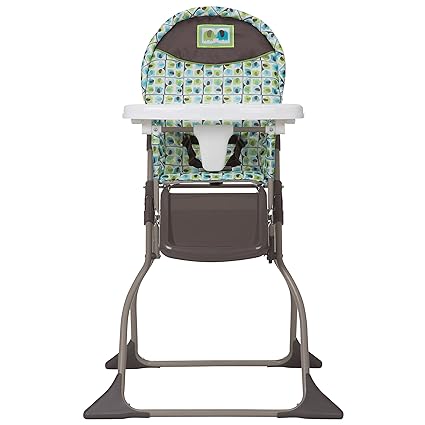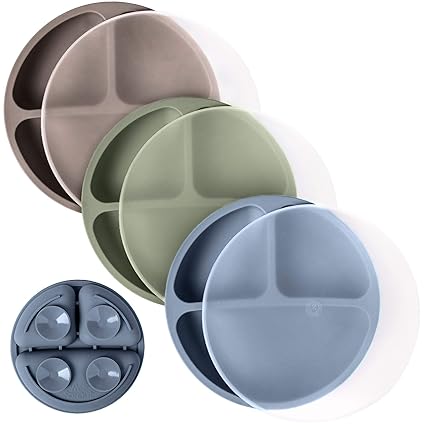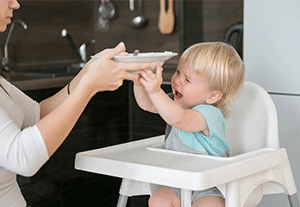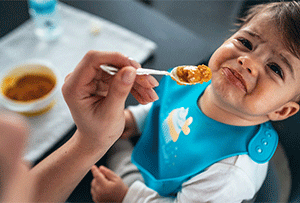Introducing solids to your baby can be an exciting yet challenging milestone. While many infants eagerly dive into new textures and flavors, some may resist this transition. If your baby doesn’t seem interested in eating solids, don’t worry—this is a common scenario for many parents. Here are some strategies to help encourage your little one to explore solid foods.
Other Topics You Might Like
Helpful Products You Might Like

Cosco Simple Fold High Chair For Baby
Olababy Silicone Soft-Tip Training Spoon for Baby

WeeSprout Suction Plates with Lids for Babies
"(Paid Links)" 
Timing is Everything
One of the most critical aspects of introducing solids is timing. Ensure that your baby is developmentally ready—typically around six months old. Signs of readiness include sitting up with minimal support, showing interest in food, and losing the tongue-thrust reflex (pushing food out with the tongue). If your baby is too young or not showing these signs, it might be best to wait a little longer before trying again.

Start Slow
Begin with simple, single-ingredient purees to make the transition smoother. Common first foods include mashed bananas, sweet potatoes, or avocados. Introduce one new food at a time and wait a few days before trying another to monitor for allergic reactions. If your baby refuses a particular food, don’t be discouraged—repeated exposure is often necessary. It can take several attempts before a baby accepts a new flavor.
Make It Fun

Eating should be a joyful experience, so try to make mealtime engaging. Use colorful plates, fun utensils, or even let your baby explore food with their hands. Allowing your baby to play with their food can help them become more comfortable with textures and tastes. You can also try incorporating songs, silly faces, or gentle encouragement to make the experience more enjoyable.
Model Healthy Eating
Babies often mimic the behavior of those around them. Sit together as a family during mealtime and let your baby observe you enjoying a variety of foods. Suppose your baby sees you eating and enjoying fruits, vegetables, and other healthy options. In that case, they may be more inclined to try them.
Be Patient
Patience is key when introducing solids. Babies can be picky eaters, and it’s common for them to refuse foods multiple times before accepting them. Don’t take it personally—this phase is temporary. Keep offering a variety of foods without pressure, and remember that your baby’s preferences may change over time.
Consider Texture
Sometimes, the texture of certain foods can be off-putting for babies. Experiment with different consistencies—from smooth purees to more textured options like mashed foods or soft finger foods. Gradually introducing a range of textures can help your baby become accustomed to solids.
Avoid Force-Feeding
While it can be frustrating to see your baby refuse food, avoid forcing them to eat. This can create negative associations with mealtime and may lead to further resistance. Instead, focus on creating a positive atmosphere around food and allow your baby to decide how much they want to eat.

Consult a Pediatrician
If your baby consistently refuses solids beyond their first year or shows signs of distress during mealtimes, it may be worth discussing with a pediatrician. They can provide guidance and check for any underlying issues.
Conclusion
Introducing solids is a learning process for both you and your baby. By being patient, creative, and attentive to your baby's cues, you can help them develop a healthy relationship with food. Remember that every baby is unique, and what works for one may not work for another. Stay positive, and soon enough, your little one will be enjoying the wonderful world of solid foods!
